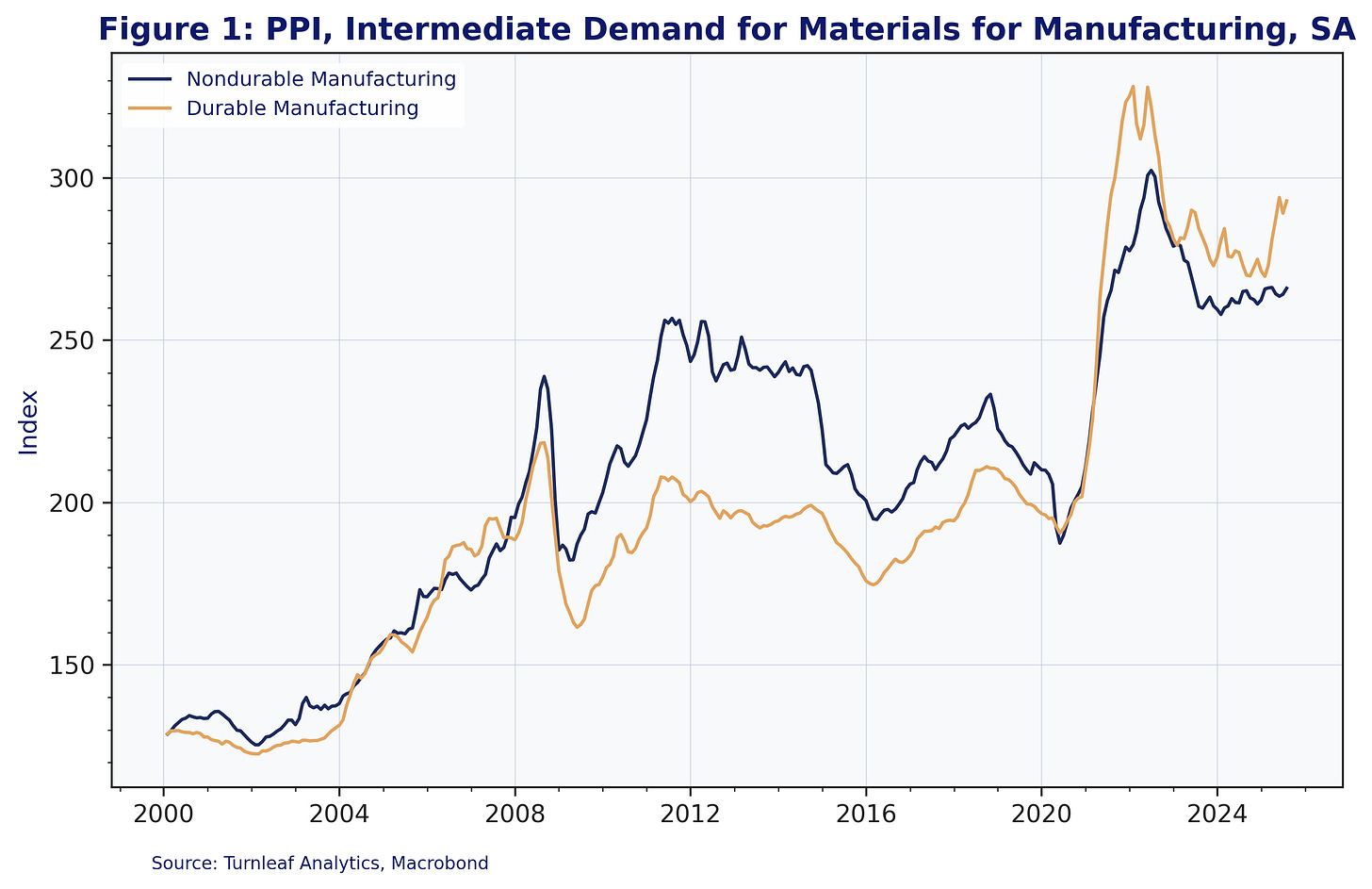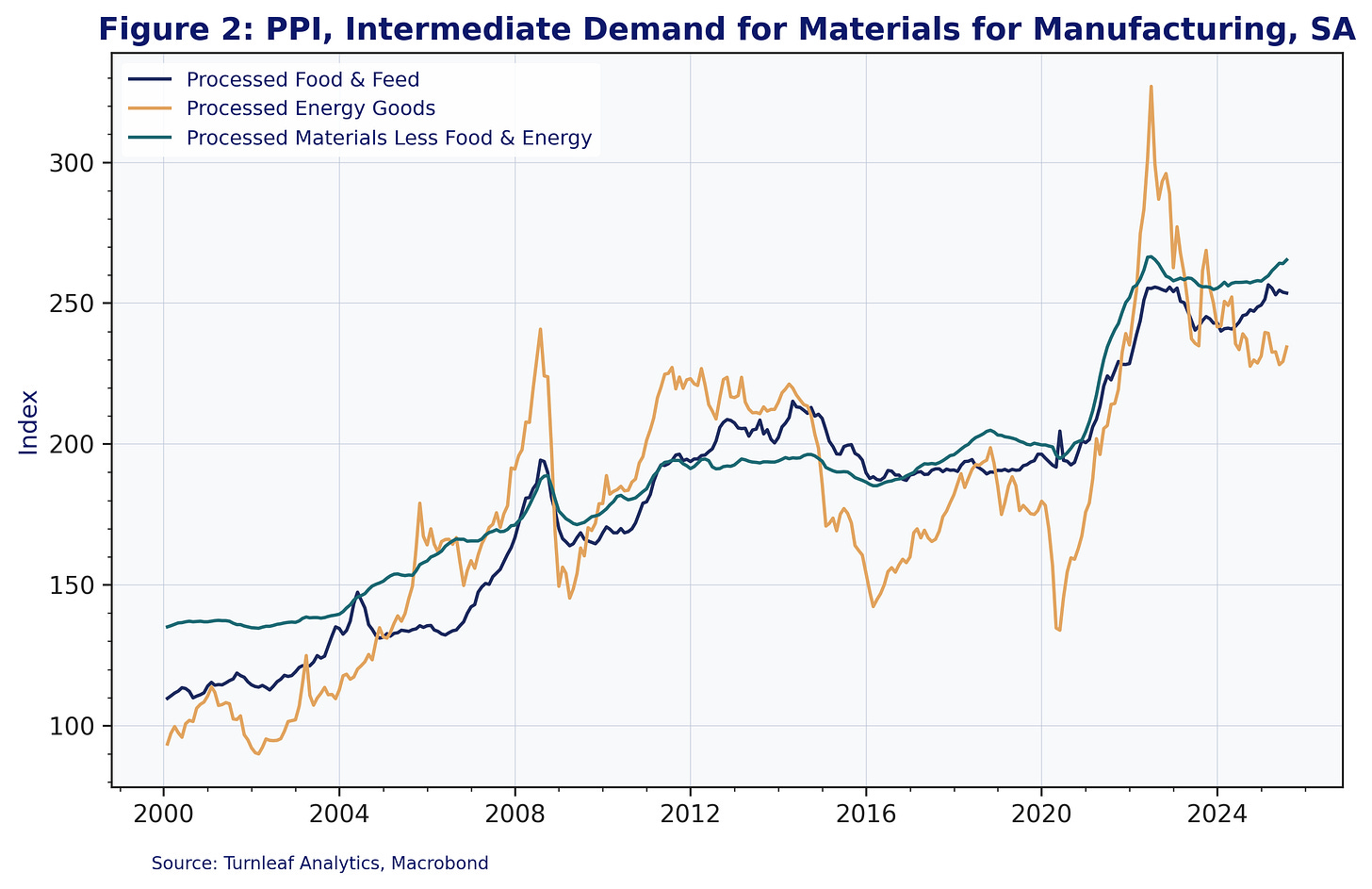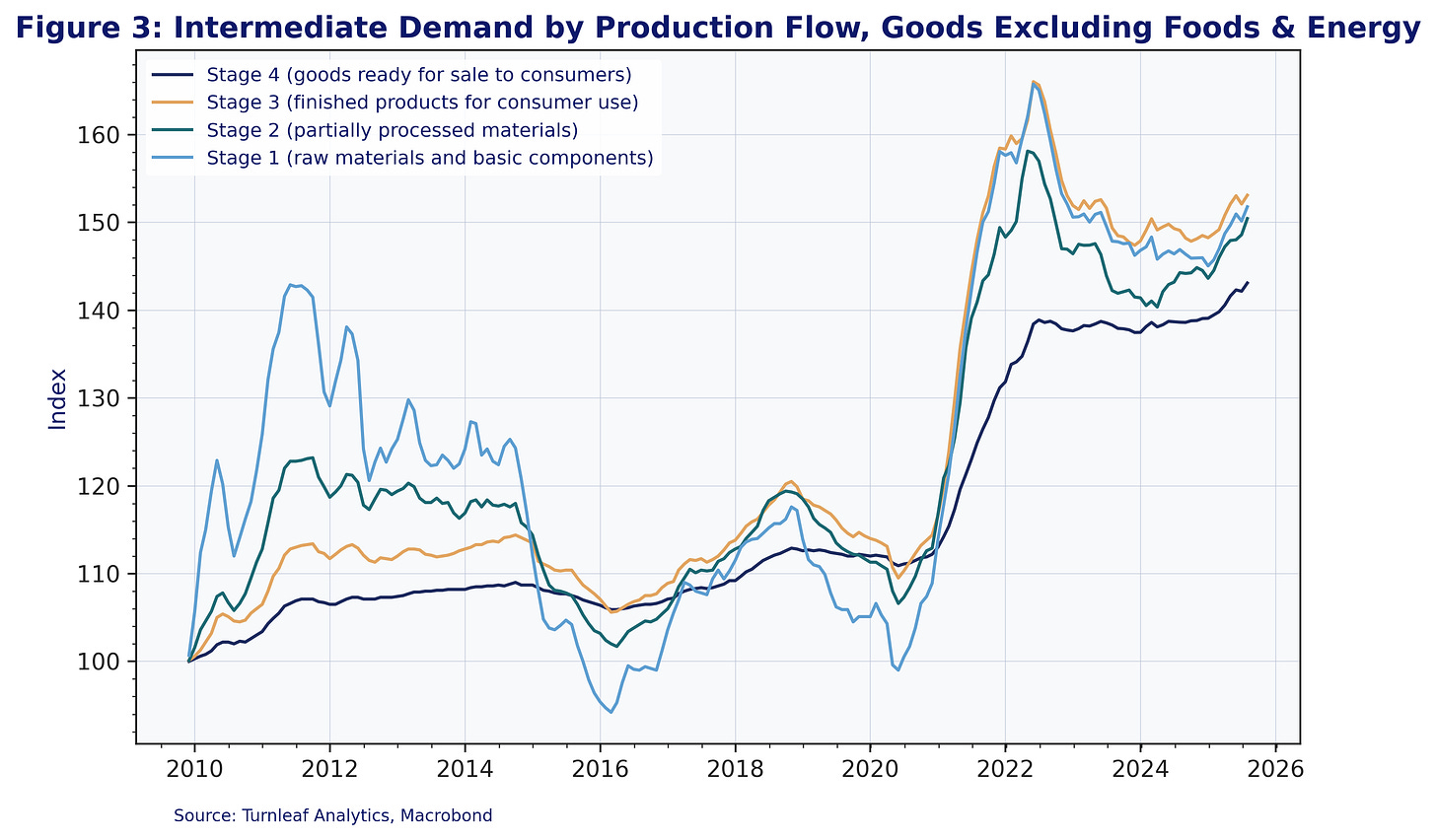When evaluating the impact of tariffs on consumer prices, we consider how they affect prices both domestically and abroad. Key factors include the effective tariff rate, the degree of pass-through along the global value chain, import substitutability with domestic goods, and the broader effects on aggregate demand.
Many ask about the precise impact of tariffs on inflation, but the reality is that no one knows with certainty. At best, we can provide rough estimates based on assumptions about the share of imports in the consumer basket which can be helpful for gauging relative effects, but not sufficient without understanding timing.
Timing has been the real obstacle. For months, uncertainty clouded whether tariffs would even take effect. Some even argued that tariffs had only a minimal influence on U.S. inflation. Yet, aside from a few exceptions (notably China), final tariff schedules were not confirmed until early August 2025. Most hovered around a 10% baseline for several months. Meanwhile, the data needed to measure the effects arrived with at least a one-month lag, leaving uncertainty itself and firm behavior responding to uncertainty as the primary inflationary force.
At Turnleaf, we believe the true effects of tariffs are still unfolding. Inflation cannot be captured by simple calculations alone, but our predictive models, built on high-frequency and alternative data, have proven effective in describing current dynamics.
Our analysis suggests:
- Firms have delayed broad price increases by front-loading inventories
- Markets have hedged inflation risk through precious metals trading, elevating expectations
- Capital expenditure has slowed as firms anticipate higher input costs
Higher Input Costs: Evidence from Producer Prices
Recent PPI data for July 2025 support this thesis. PPI YoY rose 0.9% in July 2025 above expectations. This prompted us to examine whether tariffs are raising costs for manufacturing industries, whether these costs are being passed on to consumers, and how price changes feed into aggregated demand trends.
Three key facts emerge from disaggregating PPI:
- Durable goods rose faster than nondurable goods—consistent with tariffs on key industrial inputs.

- PPI increases were concentrated in materials excluding food and energy—global commodity declines helped keep overall PPI in check. PPI came in high but could have come in higher.

- The spread between intermediate demand PPI (excluding food and fuel) across different production flow stages has been widening, signaling upstream cost pressures, particularly in raw materials, where limited substitutability is contributing to higher costs. These pressures are likely to impact downstream production costs.

Bottom line: Input costs for durable goods are rising due to tariffs, and it is only a matter of time before producers attempt to pass these expenses on to consumers. The key uncertainty is the degree of pass-through, as consumer willingness to absorb higher prices remains unclear. This is why it is essential for Turnleaf to continue monitoring both business and consumer sentiment to assess sensitivity to tariffs.
Global Spillovers
Tariffs also influence prices abroad in two important ways:
- Export Demand Shifts: Shifts in export demand can affect aggregate demand, with ambiguous effects on prices. Countries exposed to U.S. trade may see their currencies depreciate as U.S. demand for their exports weakens due to heightened competition from tariffs. Currency depreciation, in turn, exerts upward pressure on import inflation. However, this effect has been largely mitigated by the depreciation of the U.S. dollar and by exporters—such as Japan—adjusting prices to maintain their U.S. market share. Additionally, exporters may redirect their products to other foreign or domestic markets, helping offset losses in export demand. So far, there is limited evidence of a significant reshaping of global value chains, as many countries continue to cooperate with the U.S., except for some BRIC nations like Brazil, which recently faced a 50% tariff. If export demand isn’t supplemented, producers may be forced to cut production, lowering income for consumers and hurting overall economic activity. To understand the broader impact of tariffs on these countries, Turnleaf monitors a wide range of indicators to gauge the equilibrium effects on aggregate demand, driven by shifts in export demand.
- Retaliatory Tariffs: Retaliatory tariffs directly push prices higher, especially if the U.S. share of imports in a country’s domestic consumer prices is large. While President Trump argued that countries had engaged in “unfair” trading practices, global efforts to negotiate a trade deal with the U.S. have limited the overall impact of retaliatory tariffs on local consumer prices. Given this context, we believe that the effects of retaliatory tariffs on local prices have been negligible so far.